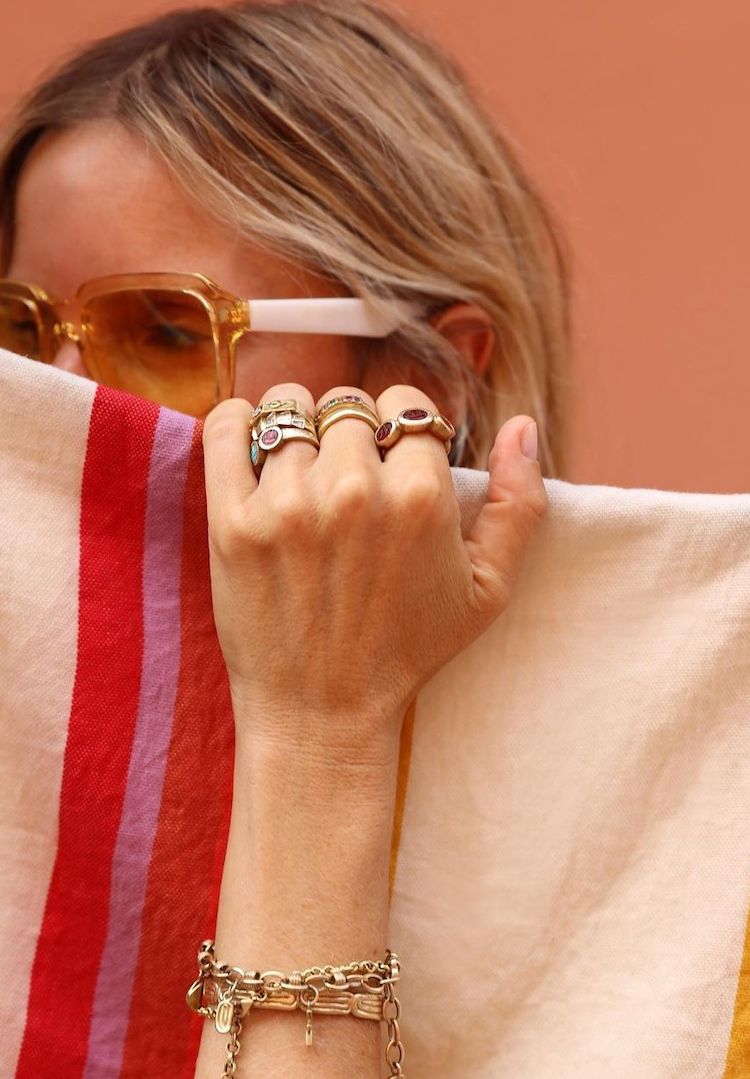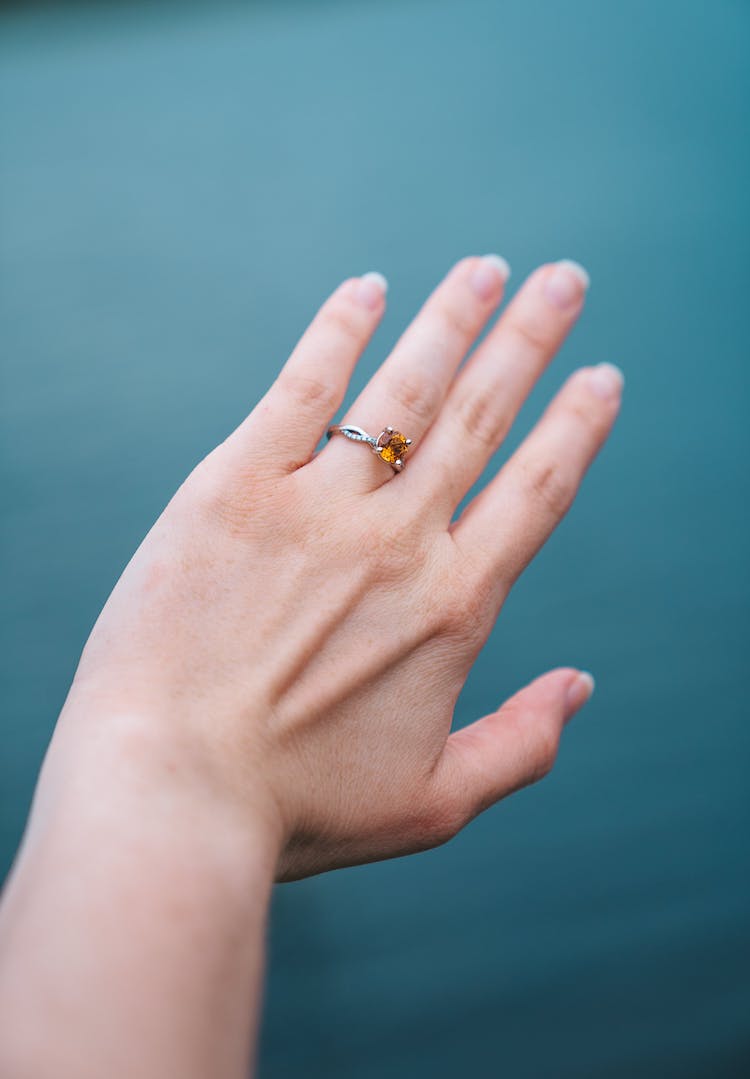Here’s why you should consider an antique diamond over a newly-mined style
In partnership with CUshla Whiting
WORDS BY CAITLIN CEFAI
Diamonds are forever.
In a world where trends are moving through the fashion industry at the speed of light, knowing a piece of jewellery will last a lifetime is a comfort. There are many different gemstones and cuts that have proven timeless over the years, but none seem to hold quite so steadfast as a diamond.
As the hardest of gemstones with spectacular sparkle, they can be expensive, and with a complicated history of unethical sourcing, trying to buy a new diamond can bring up lots of questions and uncertainty. Siblings Anna, Cushla and Hamish Whiting are tackling this problem head-on through their fine jewellery brand Cushla Whiting.
For more stories like this, head to our Fashion section.
In addition to ethically and sustainably sourced modern cut diamonds and precious stones, Cushla Whiting offers customers the opportunity to purchase antique diamonds dating back to the 1800s to early 1900s. These are all hand-selected from the Antwerp Diamond Bourse by Hamish, who is a gemologist and self-professed “treasure hunter”.
The Cushla Whiting team then places the antique diamond into modern jewellery settings, working from the Melbourne store and workshop to meet the design specifications of their customers. It‘s a process that results in pieces that are truly one of a kind, to fit the unique style and personality of the wearer.
Drawing on the expertise of the Whiting siblings, here’s what to consider before choosing your antique diamond – some of the rarest gemstones in the world.
Antique style or a genuine antique?
While modern cutting techniques can replicate the look of antique diamonds to some degree, there isn’t nearly as much authenticity and beauty in a replica due to the modern-day economical pressures to retain carat weight.
Before diamonds were cut by lasers and machines, they were hand-cut by skilled artisans with one simple goal in mind: to enhance their beauty. As technology has advanced, the skill of diamond cutting as an art form has been lost, and the commoditisation of diamonds has led to the prioritisation of dollar value and carats over character and beauty.
Visually, antique diamonds will typically have a higher crown and smaller table facet – the top part of a diamond that sits above a setting – which easily distinguishes them from modern-cut diamonds, which are typically cut much more shallowly to conserve carat weight. Additionally, the machinery used to cut genuine antiques in the past was very different, so they have qualities that are extremely difficult to replicate now.
Antique diamonds generally have a ‘softer’ look that comes from their larger, blockier faceting, in contrast to the ‘blingier’ appearance of modern-cut diamonds. This creates a sophisticated and romantic appearance, unique to each diamond.
Antique diamonds will also typically be warmer in colour and have a lot more ‘fire’ (light dispersion) than modern-cut diamonds. The concept of a colourless diamond as higher quality is nothing new, with such diamonds valued similarly then as they are now. But it’s worth noting that many of the antique diamonds of higher colour grades were recut into modern-cut diamonds in the 1970s, so although higher colour grades do exist, they are much rarer and come at a premium.
Look for the imperfections
Genuine antique diamonds tend to have small markings and abrasions and may not be perfectly symmetrical. Cushla Whiting encourages clients to embrace this ‘one-of-a-kind’ quality. The appeal of an antique diamond is rooted in its personal history, and the unique characteristics from natural wear and tear only add to the story behind the stone. It’s important to note that not all antique diamonds were cut the same, with a difference in skill and artistry between each cutter. Finding the exceptional ones takes expertise and in-person hand selection.
Similarly, there are often questions about the sustainability of newly-mined diamonds, whereas antique diamonds are repurposed, making them a more environmentally conscious and sustainable choice.
Work with a specialist jeweller
As there’s no specific certification for differentiating genuine antiques from replica antiques, it’s in a shopper’s best interest to work with an experienced specialist jeweller that is committed to quality, and knows how to source and work with older diamonds.
Cushla Whiting prides itself on quiet luxury, offering sustainable pieces that prioritise quality – in design, craftsmanship and gemstones. The team works with a limited supply chain, invests in sourcing uniquely stunning gemstones, recycles precious metals and offers antique diamonds to reduce their carbon footprint.
Visit Cushla Whiting’s Melbourne or Sydney showrooms, or shop the stunning collection of bespoke jewellery here.









